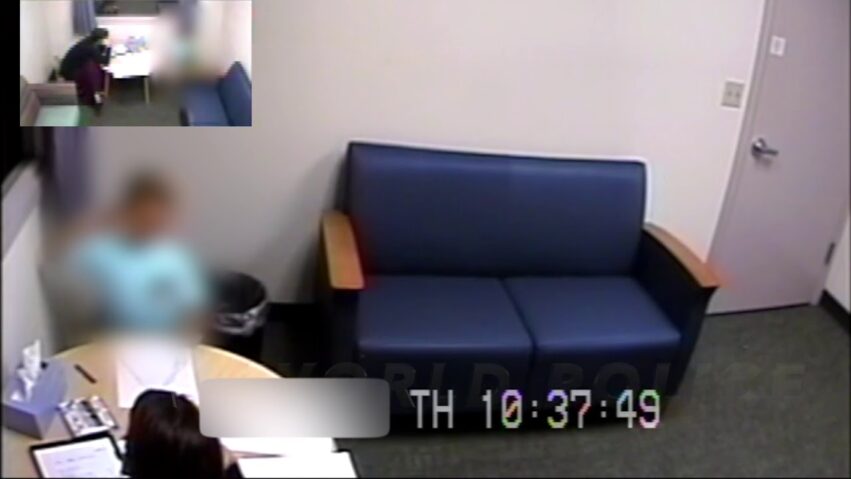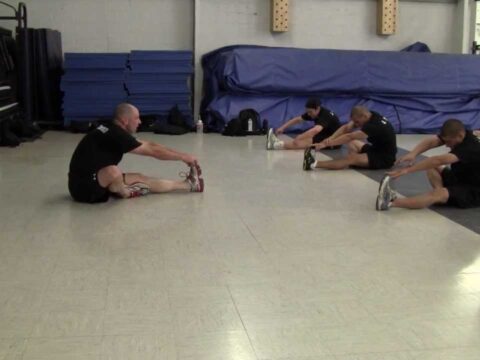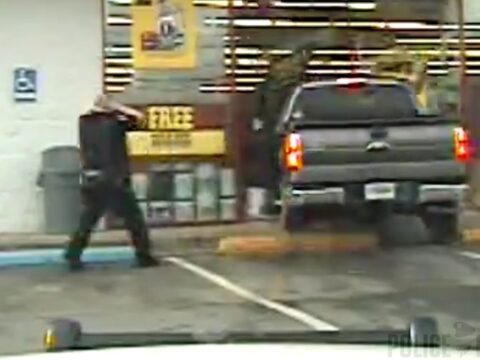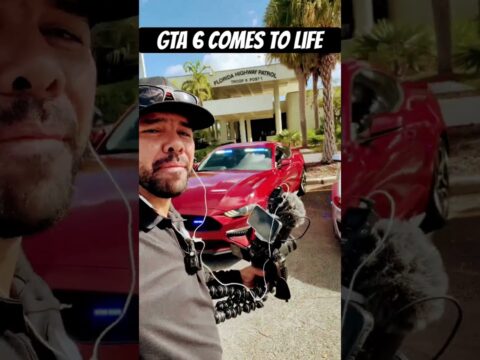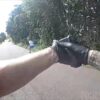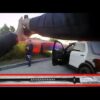Many people have seen police interrogation videos, and have a reasonably good sense of how an adversarial interview works.
Far less familiar, however, are forensic interviews of much younger subjects. It should come as no surprise that they are quite different from the usual “I know you’re not a bad person, but I can tell you’re lying. Don’t play games with me!”
A forensic interview is a structured conversation with a child meant to elicit information about a possible event that may (or may not) have happened in the child’s life, and the structure used today has developed over time.
Possibly the most important consideration in a forensic interview is doing everything possible to ensure that answers only come from the child’s memory – and not from their imagination. The structure of the interview is designed to do that, and also to qualify the child’s testimony in court.
There were several high-profile cases in the 1980s where it was alleged that daycare workers had sexually abused multiple children in their care. Those cases became the subject of much analysis because of the interview techniques that were used. At the time, law enforcement depended on mental health professionals to conduct interviews, but those interviews were torn apart in court due to the techniques used, and associated concerns over suggestibility.
Today, all forensic interviews follow the same three-phase structure. They open with the rapport-building phase, proceed to the substantive phase, and end with – you guessed it – the closing phase.
The interviewer attempts to elicit extremely detailed answers early on, as that increases the likelihood of detailed answers at a later point.
In the rapport-building phase the interviewer attempts to elicit extremely detailed answers to easy questions – only from their memory – as that increases the likelihood of detailed answers at a later point.
Apart from just building rapport, however, the rapport-building phase also serves to qualify the child as a witness. The interviewer uses a number of questioning and practice techniques to ensure that the child knows the difference between the truth and a lie, and practices having the child say that they don’t know the answer to one or more questions. This phase also reinforces for the child that they are the one doing the talking.
(This forensic interview video has never been published elsewhere. As you will see, the child’s figure has been completely blurred to obscure all detail and the voice of the child has been changed (though hopefully not too noticeably). The date and year of the interview have been obscured and all names spoken by the child, as well as the child’s name when spoken by the interviewer, have been removed completely.)
** (Disclaimer: This video content is intended for educational and informational purposes only) **

